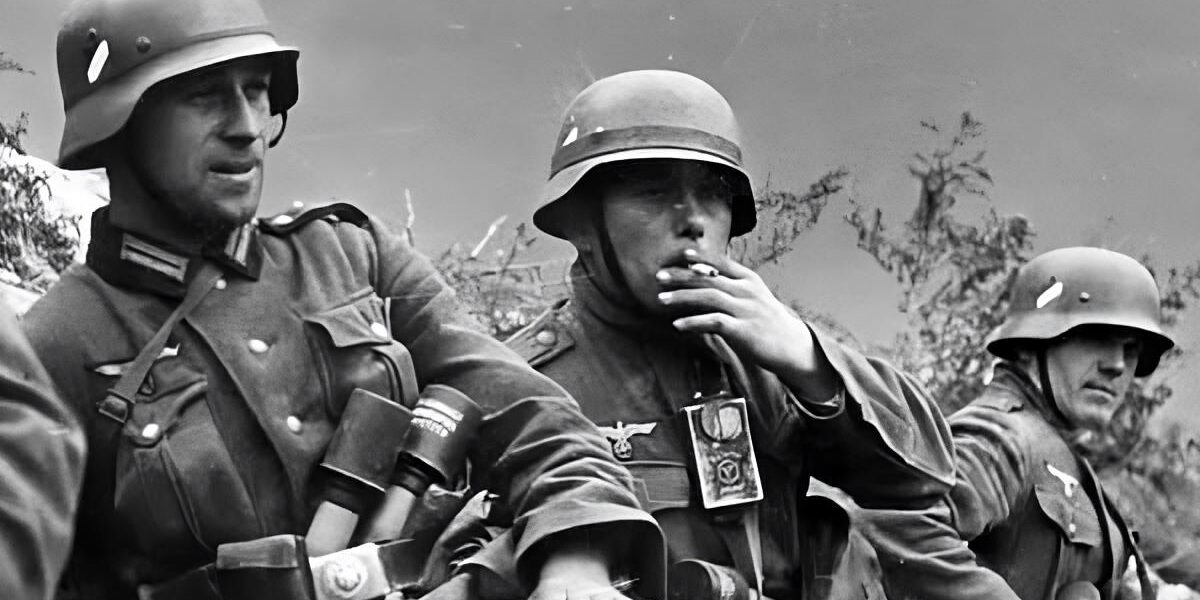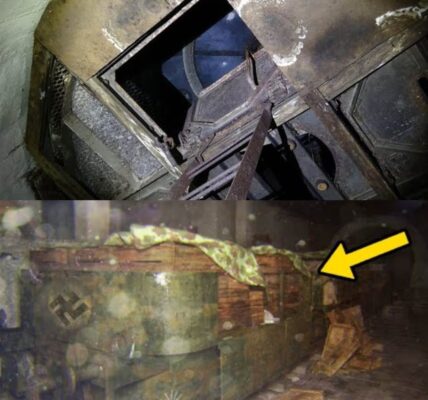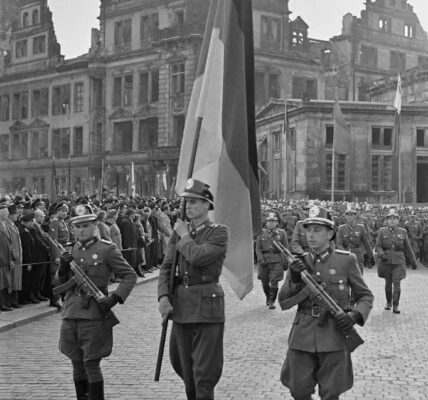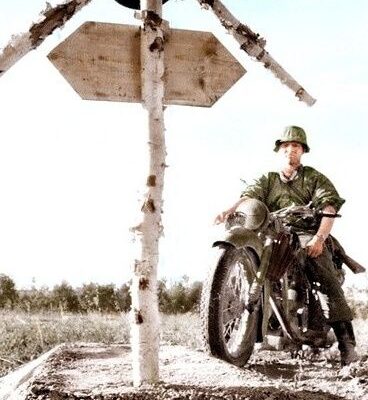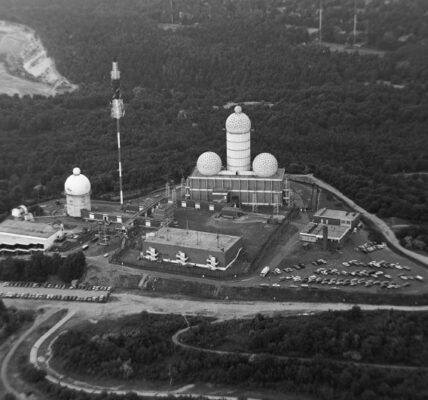On December 18, 1940, Hitler issued Führer Directive 21, an order to invade the Soviet Union. The German military plan envisioned an advance to a hypothetical line running from the port of Archangelsk in northern Russia to the port of Astrakhan on the Caspian Sea—the so-called “AA Line.” This would bring most of the Soviet population and its economic potential under German control.
After a five-week delay while operations in Greece and Yugoslavia were conducted, Operation Barbarossa—named after the all-conquering medieval Holy Roman Emperor, Frederick I—was launched on June 22, 1941. Over three and a half million German and other Axis troops attacked along a 2,900-kilometer front. A total of 148 divisions—80 percent of the German army—were committed to the operation. Seventeen Panzer divisions, divided into four Panzer groups, formed the vanguard with 3,400 tanks. They were supported by 2,700 Luftwaffe aircraft. It was the largest invasion force to date.

The German armed forces were divided into three army groups, each with a specific objective. Army Group North was to advance through the Baltic states of Latvia, Lithuania, and Estonia and capture Leningrad. Army Group South was to advance into Ukraine and capture Kyiv and the industrial region of Donbass (Donets Basin). Army Group Center’s objectives were Minsk, Smolensk, and then Moscow itself. Hitler expected these areas to be reached in about ten weeks.
The Soviets had massed large forces on their western border but were under orders not to provoke the Germans. Although Stalin was suspicious of Hitler, he didn’t believe he would attack so soon, despite the threatening German troop buildup and a barrage of intelligence warnings. He immediately had some 5 million men and a total of 23,000 tanks at his disposal, but the Red Army was still unprepared when the Germans struck.
The Germans got off to a good start. The Panzer groups advanced rapidly toward their objectives, while the Russian forces disintegrated in disarray. The Luftwaffe’s bombing of Soviet airfields, artillery positions, and troop concentrations was a great help. The Germans quickly gained air superiority. On the first day alone, 1,800 Soviet aircraft were destroyed, most of them on the ground. Army Group North, under Field Marshal Wilhelm Ritter von Leeb, stormed toward Leningrad, spearheaded by General Erich Hoepner’s Panzer Group 4. The Russian forces in this sector were thinly spread, and the tanks covered 804 kilometers in three weeks. By mid-July, they were only 96 kilometers from their objective.

Army Group Center, under Field Marshal Fedor von Bock, also made rapid progress. By June 28, Panzer Group 2 under General Heinz Guderian and Panzer Group 3 under General Hermann Hoth had encircled three Russian armies and captured over 320,000 men in the Bialystok and Minsk pockets. The two Panzer groups then advanced and joined forces on July 27 on the other side of Smolensk to form another double encirclement. Two more Russian armies were surrounded and destroyed, and another 300,000 troops were taken prisoner.
Army Group South, under Field Marshal Gerd von Rundstedt, had the furthest advance ahead, and its attack also encountered the strongest Soviet resistance. The bulk of the Russian tanks were on this front. But by early July, von Rundstedt had already advanced across the pre-1939 Polish border. General Ewald von Kleist’s Panzer Group 1 was slowed by Soviet flank attacks on its way to Kyiv, the capital of Ukraine and a key region for the coal-rich Donets Basin. On August 8, the Germans encircled two Soviet armies, captured 100,000 men in the Uman Pocket, and reached the Dnieper River. The naval port of Odessa on the Black Sea was also besieged.

Up to this point, everything seemed to be going well. The only major problem was the time it took for the infantry to catch up with the tanks and destroy the Russian defenses. But Soviet resistance grew stronger, despite catastrophic losses. In a costly but successful counterattack, a German frontline salient near Yelnya, southeast of Smolensk, was recaptured.
Meanwhile, Army Group Center’s supply situation became critical. Hitler decided to halt the advance on Moscow and reinforce Army Groups North and South. Hoth’s Panzer Group 3 was sent north to support the thrust toward Leningrad, while Guderian’s tanks were to assist Army Group South in capturing Kyiv. The German High Command protested vehemently. The tanks were only 350 kilometers from Moscow. But Hitler considered the resource-rich Ukraine more important. On August 21, he ordered priority given to the conquest of Crimea and the Donets Basin.
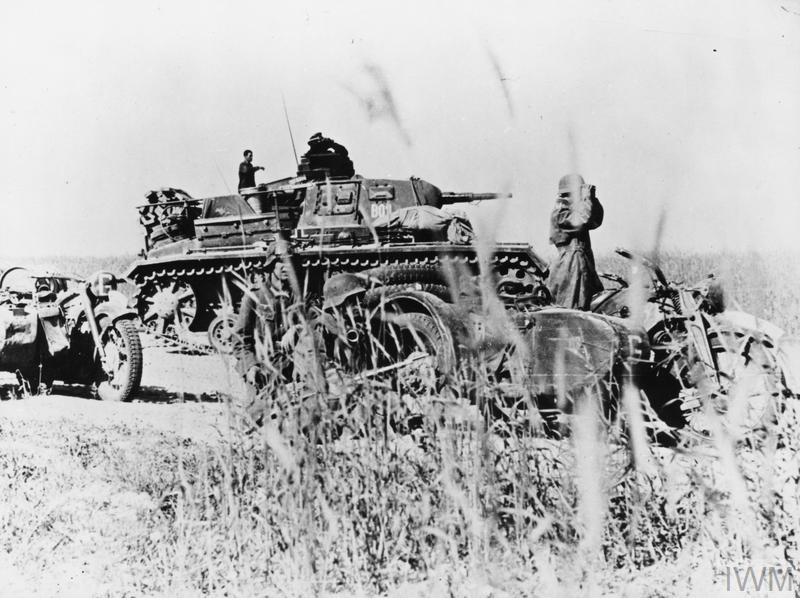
The Soviets were completely fooled by the German maneuvers. Five Soviet armies were trapped in a huge frontline around Kyiv. As usual, Stalin refused to authorize a withdrawal until the pocket was sealed. By the end of September, Kyiv had fallen, and over 650,000 Russian soldiers had been killed or captured. The Germans advanced along the Black Sea coast and into Crimea, laying siege to Sevastapol. In October, Kharkov fell, but the Germans were by then exhausted. The fighting had severely depleted their ranks, and supply lines were stretched to the limit. The Southern Front remained where it was for the time being. In the north, the German forces were also at their limits. In September, with the help of their Finnish allies, they cut Leningrad off from the rest of Russia, but they lacked the strength to take the city. Instead, Hitler ordered the city to be starved into submission. The siege of epic proportions was to last 890 days.

